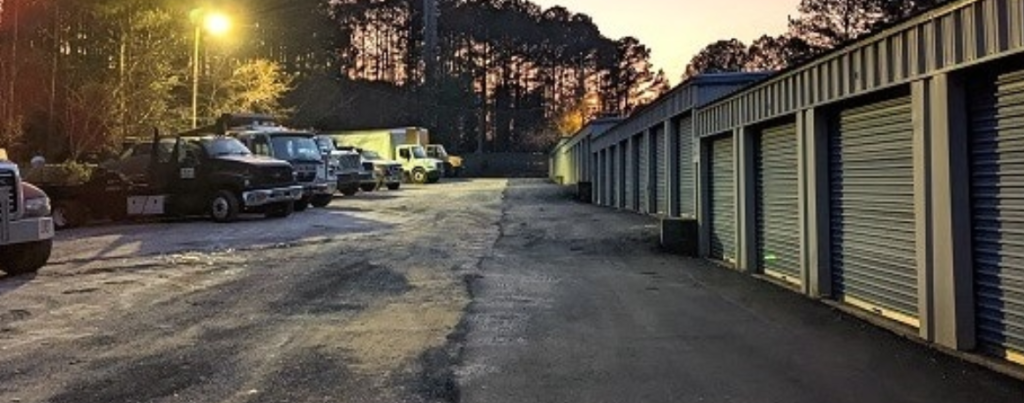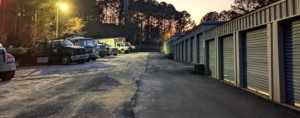
Introduction:
Dump truck parking is a critical yet often overlooked aspect of construction sites, mining operations, and transportation logistics. Proper parking solutions not only ensure safety but also enhance operational efficiency, reduce downtime, and improve overall productivity. Whether you’re managing a large-scale construction project or a small mining operation, having a well-planned dump truck parking system can make a significant difference. In this comprehensive guide, we’ll explore the importance of dump truck parking, best practices, innovative solutions, and tips for creating a safe and organized parking environment.
Why Dump Truck Parking Matters:
1. Safety First:
Dump trucks are large, heavy vehicles that require ample space and careful handling. Improper parking can lead to accidents, collisions, or even injuries to workers. By designating specific parking zones and ensuring proper spacing, you can significantly reduce the risk of accidents on-site.
2. Space Optimization:
Construction and mining sites are often crowded with equipment, materials, and personnel. Efficient dump truck parking layouts help maximize available space, allowing for smoother operations and minimizing congestion. This is especially important in high-traffic areas where multiple vehicles are in use simultaneously.
3. Compliance with Regulations:
Many local and federal regulations require specific safety measures for heavy equipment parking. A well-organized dump truck parking system ensures compliance with these regulations, helping you avoid fines and legal issues.
4. Improved Productivity:
When dump trucks are parked in an organized manner, drivers can quickly and easily access their vehicles, reducing downtime and improving workflow. This is particularly important in time-sensitive projects where delays can be costly.
Best Practices for Dump Truck Parking:
1. Designated Parking Zones:
Create clearly marked parking areas specifically for dump trucks. Use signage, painted lines, or barriers to separate these zones from other equipment and pedestrian pathways. This helps prevent confusion and ensures that dump trucks are parked in the correct locations.
2. Adequate Space for Maneuvering:
Dump trucks require ample space for entering, exiting, and maneuvering within parking areas. Ensure that each parking spot is wide enough to accommodate the vehicle’s size and that there is enough clearance for loading and unloading operations.
3. Proper Lighting and Signage:
Visibility is crucial, especially during nighttime operations or in low-light conditions. Install bright, energy-efficient lighting in parking areas and use reflective signage to guide drivers. This not only improves safety but also helps drivers park more efficiently.
4. Regular Maintenance of Parking Areas:
Keep parking zones clean and free of debris, potholes, or other hazards. Regularly inspect the area for potential issues and address them promptly to prevent accidents or damage to vehicles.
5. Training for Drivers and Operators:
Ensure that all drivers and operators are trained on proper parking procedures. This includes understanding the layout of the parking area, following signage, and adhering to safety protocols.
Innovative Solutions for Dump Truck Parking:
1. Automated Parking Systems:
Technology can play a significant role in optimizing dump truck parking. Automated systems, such as sensors or GPS-based tracking, can help drivers locate available parking spots quickly and reduce the risk of human error.
2. Modular Parking Designs:
Modular parking layouts are flexible and can be adapted to the changing needs of a worksite. For example, temporary parking areas can be set up for short-term projects, while permanent structures can be built for long-term use.
3. Eco-Friendly Parking Solutions:
Incorporate sustainable practices into your parking area design. For instance, use permeable paving materials to reduce runoff, install solar-powered lighting, or create green spaces around parking zones to improve air quality.
4. Smart Parking Management:
Implement smart parking management systems that use real-time data to monitor parking availability, track vehicle movements, and optimize space utilization. These systems can be integrated with mobile apps to provide drivers with up-to-date information.
Tips for Creating a Safe and Organized Dump Truck Parking Area:
– Plan Ahead: Before setting up a parking area, assess the site’s layout and identify the best locations for dump truck parking. Consider factors such as traffic flow, proximity to work zones, and accessibility.
– Use Visual Aids: Clearly mark parking spots, pathways, and restricted areas using signs, cones, or painted lines. This helps drivers navigate the area more easily.
– Monitor and Enforce Rules: Regularly monitor the parking area to ensure that drivers are following the rules. Enforce penalties for violations to maintain order and safety.
– Seek Feedback: Talk to drivers and operators to identify any challenges or issues with the current parking system. Use their feedback to make improvements.
Conclusion:
Effective dump truck parking is more than just a logistical necessity—it’s a cornerstone of safe and efficient operations. By implementing the right strategies, best practices, and innovative solutions, you can transform your parking areas into well-organized, hazard-free zones. Whether you’re managing a small team or a large fleet, prioritizing dump truck parking will lead to improved safety, productivity, and compliance. Take the time to evaluate your current system and make the necessary changes to create a parking environment that works for everyone.




